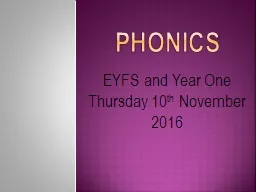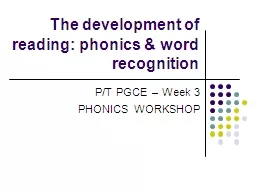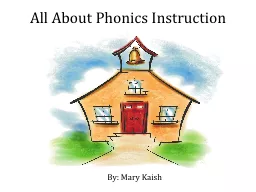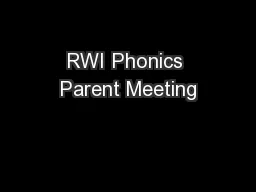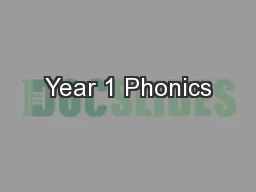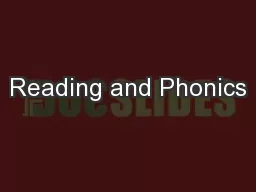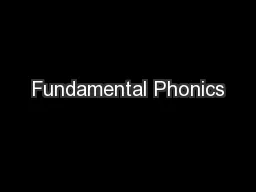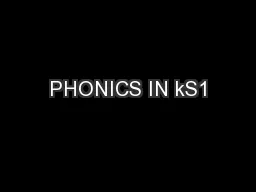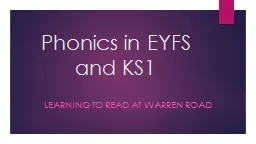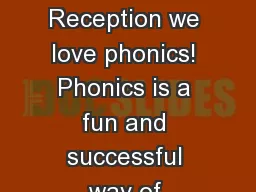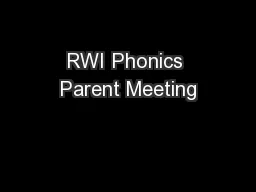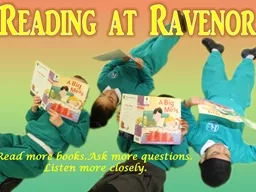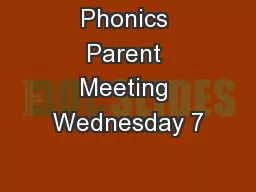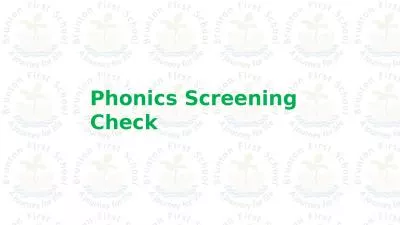PPT-Phonics EYFS and Year One
Author : tawny-fly | Published Date : 2020-04-08
Thursday 10 th November 2016 Aims What is Phonics and why do we teach it The progression of phonics through Letter and Sounds H ow our Phonics lessons are
Presentation Embed Code
Download Presentation
Download Presentation The PPT/PDF document " Phonics EYFS and Year One" is the property of its rightful owner. Permission is granted to download and print the materials on this website for personal, non-commercial use only, and to display it on your personal computer provided you do not modify the materials and that you retain all copyright notices contained in the materials. By downloading content from our website, you accept the terms of this agreement.
Phonics EYFS and Year One: Transcript
Download Rules Of Document
" Phonics EYFS and Year One"The content belongs to its owner. You may download and print it for personal use, without modification, and keep all copyright notices. By downloading, you agree to these terms.
Related Documents

